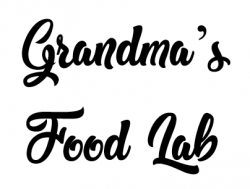Cooking My Way to Surf #4: Action
Some tips, tricks, techniques, and technicalities

OK, now it’s time for some action. And the action means something we all like: cooking (because there was enough surfing for the day). To cook for yourself is one thing, to cook for your family or friends is another, but to cook for people that are paying that meal is something else (I didn’t work in a restaurant so this is a new experience for me). Firstly, the dinner must be ready at exact time which I never practiced before. But that is easy, once I make a dish I know, more or less, how much time I need for it. Secondly, it is a dinner for a larger group of people (up to 15). In this post I will show some tips, tricks, techniques and technicalities that are useful when cooking for larger group of people in a regular kitchen.
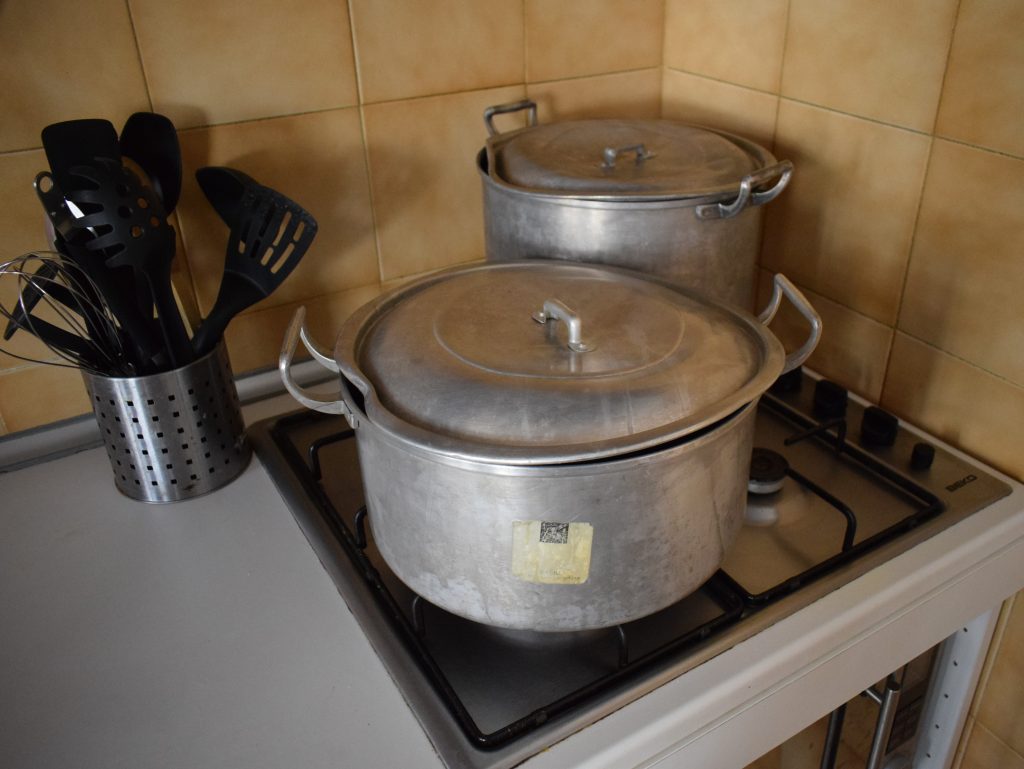
If I had to pick one thing that is the most important, it would be preparation, because good preparation is key to a good meal (but also to many other things in life). Before you even start prepping, like chopping vegetables and slicing meat, the kitchen should be clean and organized. There is a post on that topic so it can serve as an intro to this one.
By good preparation I mean every ingredient should be prepared before turning on the heat. There is no time for cutting an onion while oil is heating up, because for more people you need more onions, and by the time you dice three onions that oil is burned and the kitchen smells terrible. If you think you need to save time by doing something while waiting for a pan/pot to come to the temperature, you can always clean something up.
Don’t hesitate to use extra vessels and utensils. It might be more dishes to clean afterwards, but it saves time and makes you more organized. Beware that this tip comes from a person that is constantly thinking about how to use as less dishes as possible. It is also good idea to have bowls of same size for prepared ingredients so you can stack them up easily and save some space.
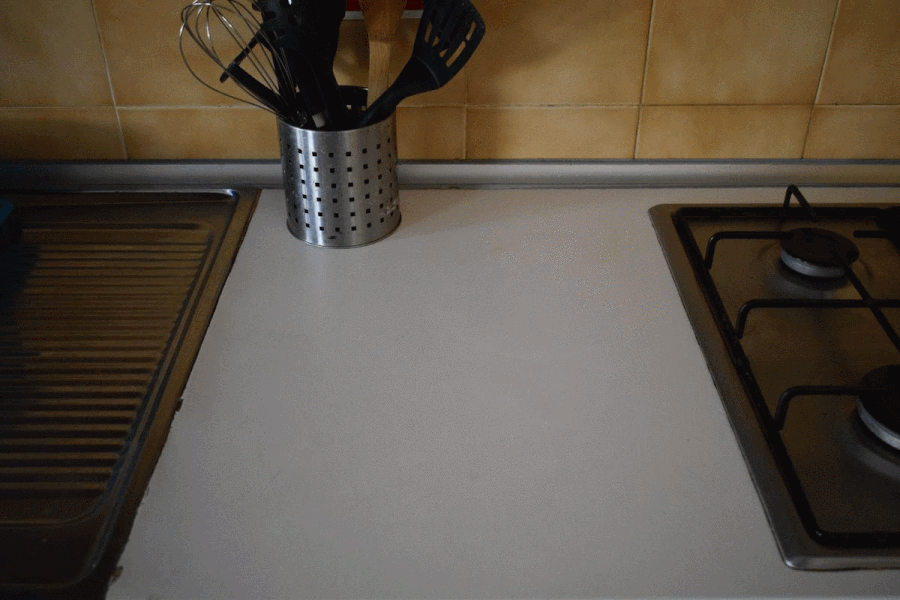
Take as much time as you need to properly organize your workstation, to have a smooth workflow, specially when you need to do a repetitive task that takes up a lot of space (like breading chicken and zucchini for example). It might seem like spending a lot of time moving plates and bowls around, but it saves time (and nerves) after all. Talking about breading, put fine salt in the flour (and a lot of it) to season the breading ingredient, a splash of milk in the eggs to loosen them up a bit, and some herbs and/or spices in breadcrumbs for some extra flavor.
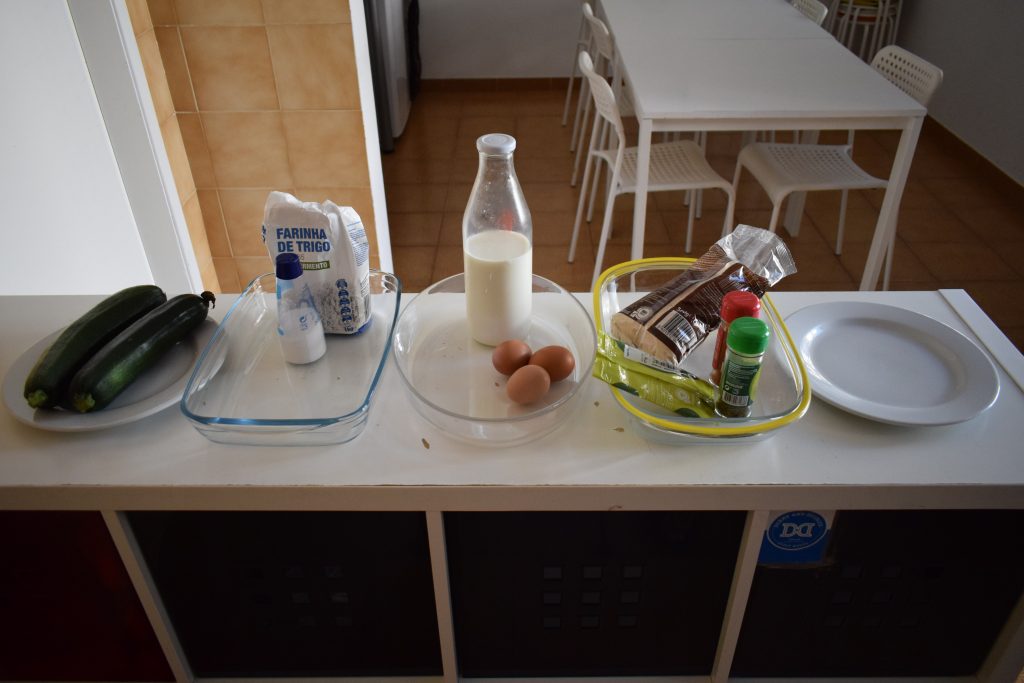
“Without tools there is no trade”, says a proverb, and so it is in the kitchen. The first and most important tools are knives, which must be in a good condition, and by that I mean sharp. When using a dull knife you need to apply more force on the knife which means less control while cutting and consequently badly cut meat or vegetables, plus higher chance for cutting your fingers. Moreover, it feels great to use freshly sharpened knives. Other tools (like spoons, ladles, sieve, peelers, scissors, tongs, spatulas, …) are also important, but things can be done even without having all of them.
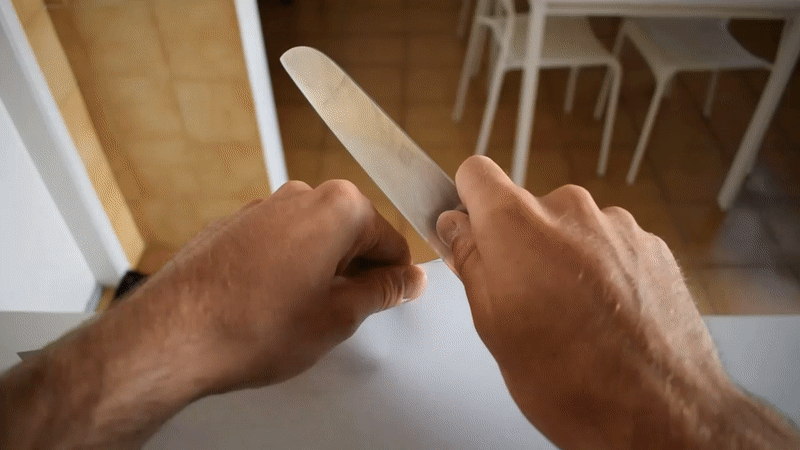
But there is one tool I like the most because it saves so much time. That tool is garlic crusher. Imagine you need to peel and finely dice or mash a whole bulb of garlic. It’s not a big deal but it takes a lot of time. With garlic crusher you just put cloves in it with their skin, squeeze, remove the skin and repeat. It is faster than just peeling the skin from the garlic cloves.
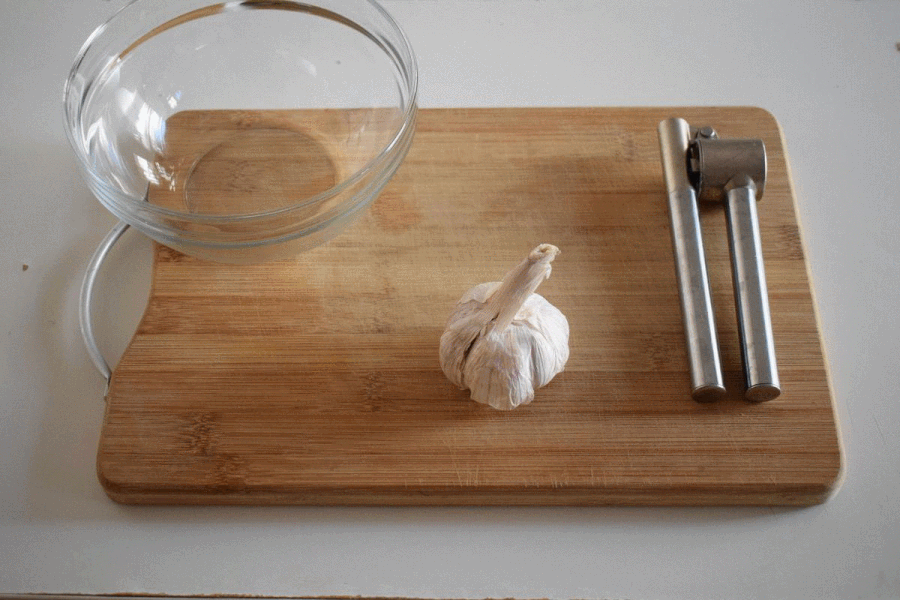
However, sometimes you need chunks of garlic and not puree (for spaghetti aglio e olio for example), so garlic crusher cannot help you. There are a lot of tips and tricks on the internet on how to peel garlic cloves, but there is just one that works properly. After crushing a bulb of garlic with the palm of your hand and separating cloves, put cloves on the cutting board. Place a knife over a clove, palm of the other hand on the knife and lean gently until you feel the clove cracking. Remove the skin with your fingers and repeat. You can also bash the knife with a clove underneath it but you have less control over the force you are using so you can crush the clove too much.
After dealing with so much garlic your fingers must be smelly and super-sticky. To remove all that garlic residual, just put your fingers under running water and rub very gently. If you rub hard (to wash it of quickly) you are rubbing it into the skin so your fingers will have strong garlic smell.
Finally, it is time to eat some garlic. Enjoy your meal and have a nice (garlicky) day!
